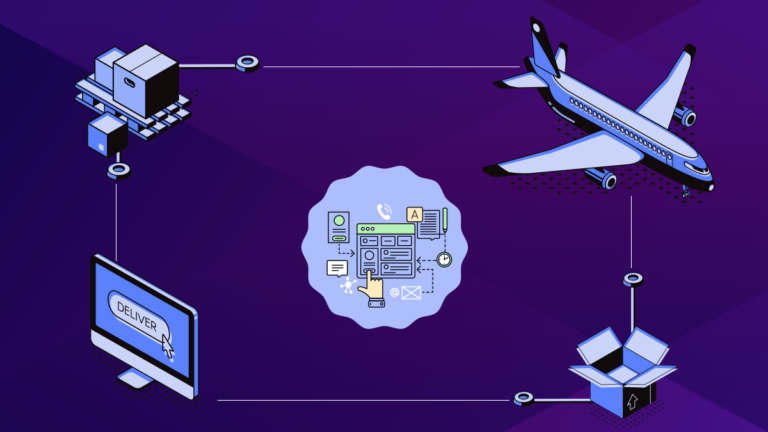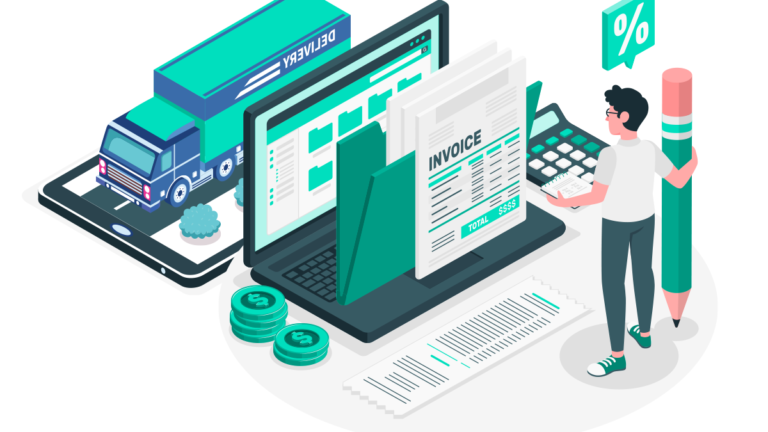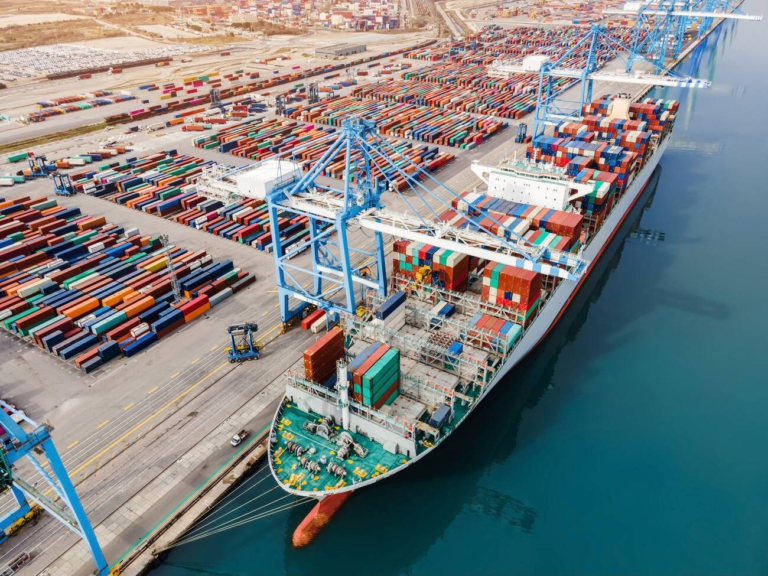Webinar Synopsis: Supply chain expansion- Tech & Budget for 2021
As we get close to the end of 2020 and global supply chains slowly begin to recover from the covid setback, now is the time to pause, look back and review the lessons learnt through the pandemic while chalking out new strategies for the year ahead.
Besides, it’s time we note that in a year full of uncertainty, one thing is certain, for companies that have managed to stay afloat should now start looking for opportunities to thrive in the post-covid world.
In a webinar hosted by GoComet recently, Ankur Agarwal, Corporate Purchase Head (Asia) of Polyplex who has been a supply chain leader for over two decades shed light on a variety of subjects ranging from investing in technology in the years ahead, greenfield expansion, cultural integration, sourcing strategies in the new normal and more.
Biggest changes during COVID: Glocalisation & Technology- the path ahead
While sharing his thoughts on key changes from the pandemic, Mr Agarwal emphasised on how glocalisation replaced globalisation and technology emerged as the biggest enabler in the last few months.
“Initially everyone spoke of globalisation. Everything had to be global. But after experiencing supply chain disruptions, local became the new buzzword. Companies are still global but are trying to source as locally as possible, bringing their sourcing location as close to home as they can. The industry has been experiencing glocalisation,” Mr Agarwal said.
He added that yet another significant change was that the circumstances forced us to move away from the traditional ways of working. “Overnight we had to look at the technology available and how we could use it to improve our supply chain. It was not viable to follow up manually with service providers. We had no choice but to make things online, figure out how to adapt and act accordingly.”
The sourcing point of view: To diversify or not to diversify?
Diversifying sources emerged as a talking point along with prolonged disruptions. While discussing how Polyplex managed to source its material during the lockdown, Mr Agarwal said that his team started to closely monitor the situation right from the beginning and was able to take the right measures to keep the wheels spinning.
“Fortunately, it’s our policy to have multiple suppliers for products that are critical to our production. Not all geographies were equally affected at all times. As our companies are spread across the world we managed to ship goods from less impacted geographies,” he said.
Mr Agarwal further said that what came in handy was their policy of not placing all their eggs in one basket. “We couldn’t force the supplier to send material just because there was a contract in place. We had to be considerate of the fact that units and workforce were affected. This is where relying on multiple suppliers proved to be helpful.”
Cultural integration and overcoming challenges across geographies
When leading projects that involve starting companies in new regions from scratch, cultural integration is a must. Having led multiple expansion projects for Polyplex, Mr Agarwal said that when in new geography you have to take into account the views, opinions and cultural backgrounds of people.
You can’t and must not disconnect yourself culturally. Cultural integration is the most important part of any business success.
“You cannot be very lenient because you have to run the company but at the same time, you need to proactively take steps to ensure cultural integration. If the company understands its people, the people will reciprocate with the same level of cooperativeness. When times are tough it’s the integrity of your people that helps you stay afloat,” he said.
Culturally integration is like marriage, you understand your people and they understand you. You don’t impose your ways of doing things on them nor do they impose theirs on you. It’s an amalgamation of good and bad.
Restructuring supply chains: Greenfield expansion and more
When it comes to expanding your business, you either go to a new place and acquire an already existing business or start from scratch, explore the market by yourself and build a business.
“In our kind of industry, generally we have observed that greenfield expansion that is building our own business from scratch works much better than a brownfield investment.”
The supply chain professional added that at Polyplex they keep evaluating expansion or investment plans to add more value to the existing system. “I have seen that people spend mindlessly during good times and when the times are tough they start curbing their expenses. If you are mindful of your spendings, you can pull off an expansion even during your rough times and find new growth opportunities amid crisis,” he said.
“When you enter a market, enter to add value and not to disrupt it. If you enter to disrupt, the market will not welcome you.”
Making a case for budget internally: Key tenets
Mr Agarwal emphasized the fact that when making a case for expansion budget your fundamental structure of the present business should be right and you should have a long term plan ready.
“When the foundation is strong small ups and downs fail to bog you down. You are all set once you have done your data analysis properly and have understood the market,” he added.
He explained, “Taking the long term view is a must. You must be considerate of the fact that the business will run for good 20-30 years. For that time frame, your business should work and so should your supply-demand projections. You can’t base an entire business expansion plan on a momentary spike in demand.”
Key strategies when starting from scratch
The supply chain leader stated that while chalking strategies for expansion in today’s world, leaning on technology can be quite helpful.
“When we expanded in Indonesia we didn’t leverage technology much. We were dependent on traditional ways. But imagine the kind of advantage you can gain while planning your strategies when within a click you exactly know how much a shipment from Jakarta to a certain palace would cost, what are the different lines available and more,” Mr Agarwal said.
He further explained that one can always count on historical data, analyse it well with the help of the right tools and then make an informed decision.
Mr Agarwal added, “Similarly while choosing between contract and spot rates, you can always look at what other businesses operating in the same region are doing, evaluate your business’ position and choose accordingly. No strategy may work for everyone at all times. But you have to be flexible enough to change it as and when the need arises.”
Tech budget: More of insurance than investment
Mr Agarwal spoke at length about how thoughts and approach towards adopting technology are rapidly changing in today’s world.
He said, “Initially, we looked at technology as an investment- a medium to drive efficiency; however, covid changed that perception. Now, organisations need technology to stay afloat, it has emerged like insurance that fortifies your business during a crisis like the ongoing one.”
Technology is not for replacing people it is to make them more efficient.
“For instance, the automated tracking system would give us a head start saying that our containers are stuck in Malaysia and won’t move for the next two weeks. This information equipped us to proactively come up with a plan B before it was too late,” Mr Agarwal added.
Transform your supply chain with GoComet
If you would like to know how GoComet can help you build supply chain resilience with its digital automation technology and drive significant cost savings for your organisation, reach us here.






